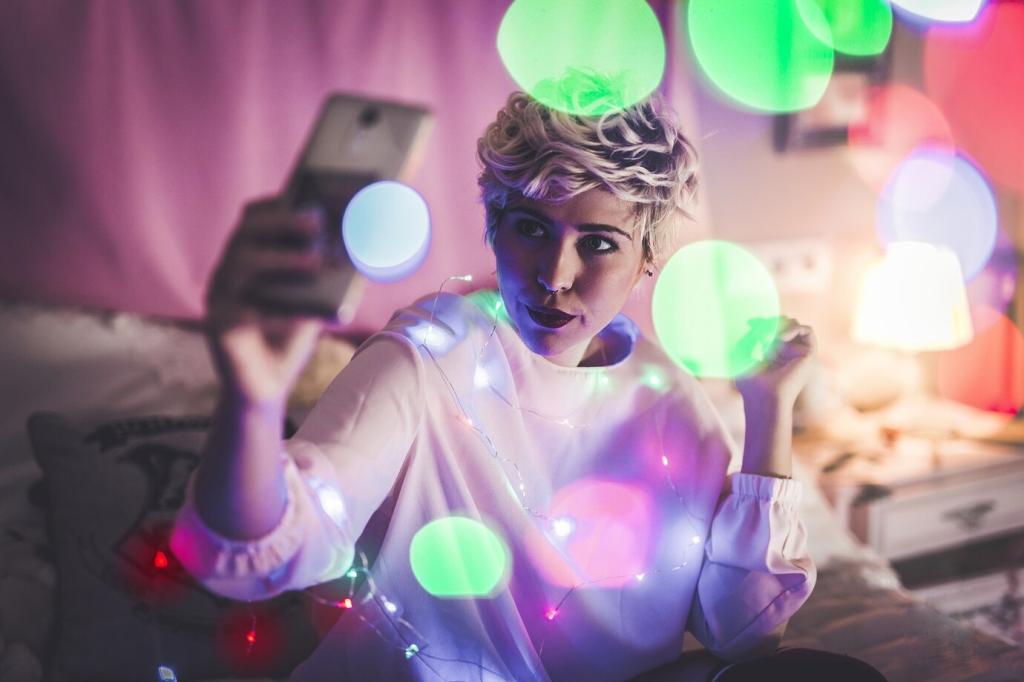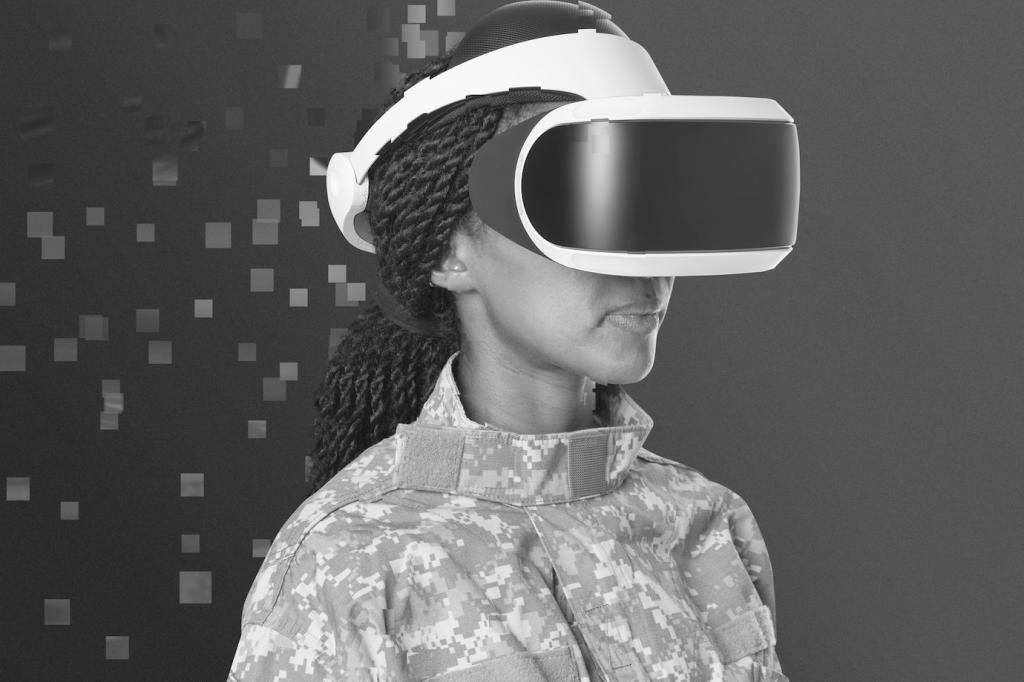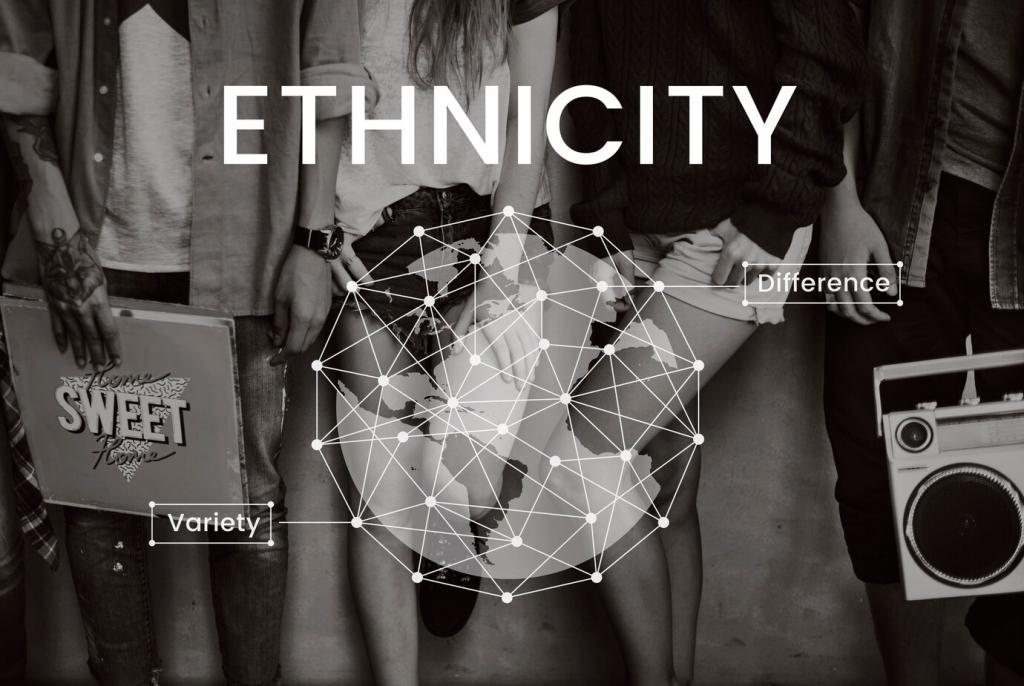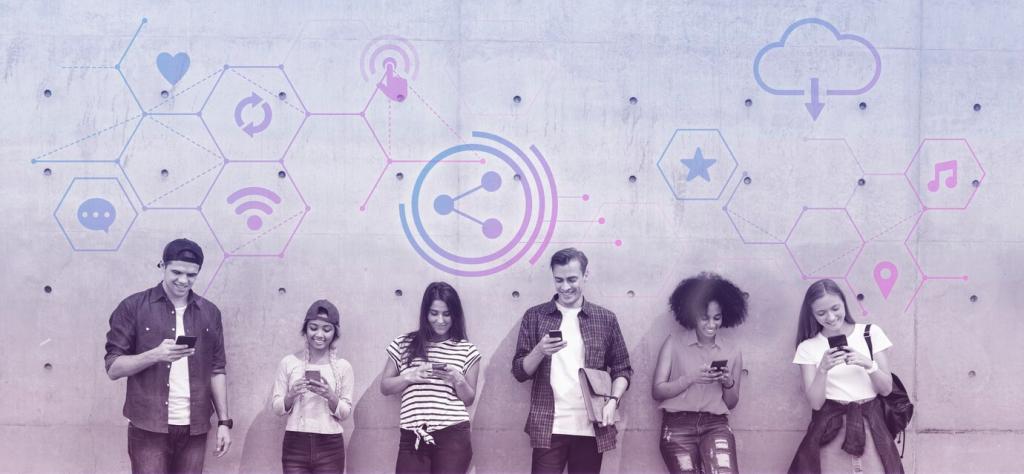Real-World Use Cases Transforming Daily Life
A phone-powered anatomy lab lets students manipulate organs in 3D, then quizzes them with spatial recall tasks. Grades improved alongside confidence. What subjects deserve immersive modules next? Tell us your ideas and join our newsletter to shape an open library of mobile VR lessons.
Real-World Use Cases Transforming Daily Life
Clinics report shorter perceived procedure times when patients use calming VR scenes driven by smartphones and earbuds. Biofeedback closes the loop. Have you tried therapeutic VR? Share outcomes or concerns, and subscribe for interviews with clinicians building evidence-based mobile programs.





